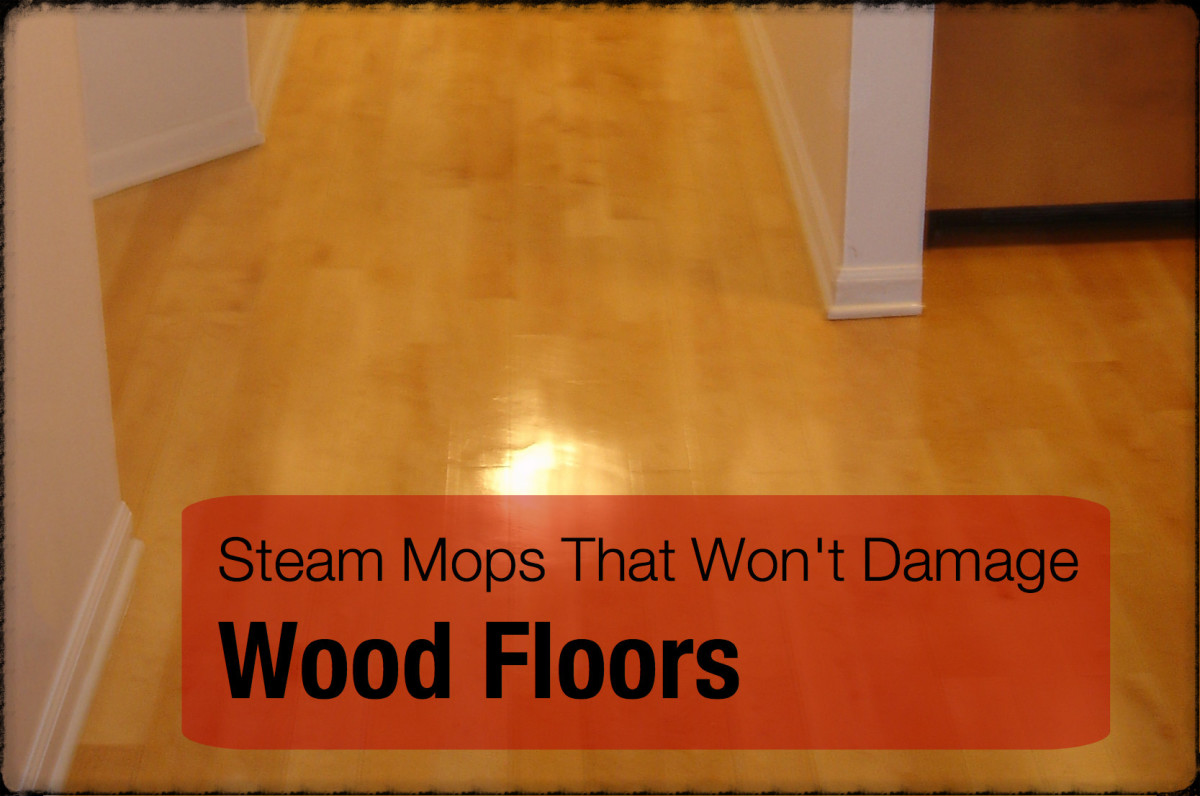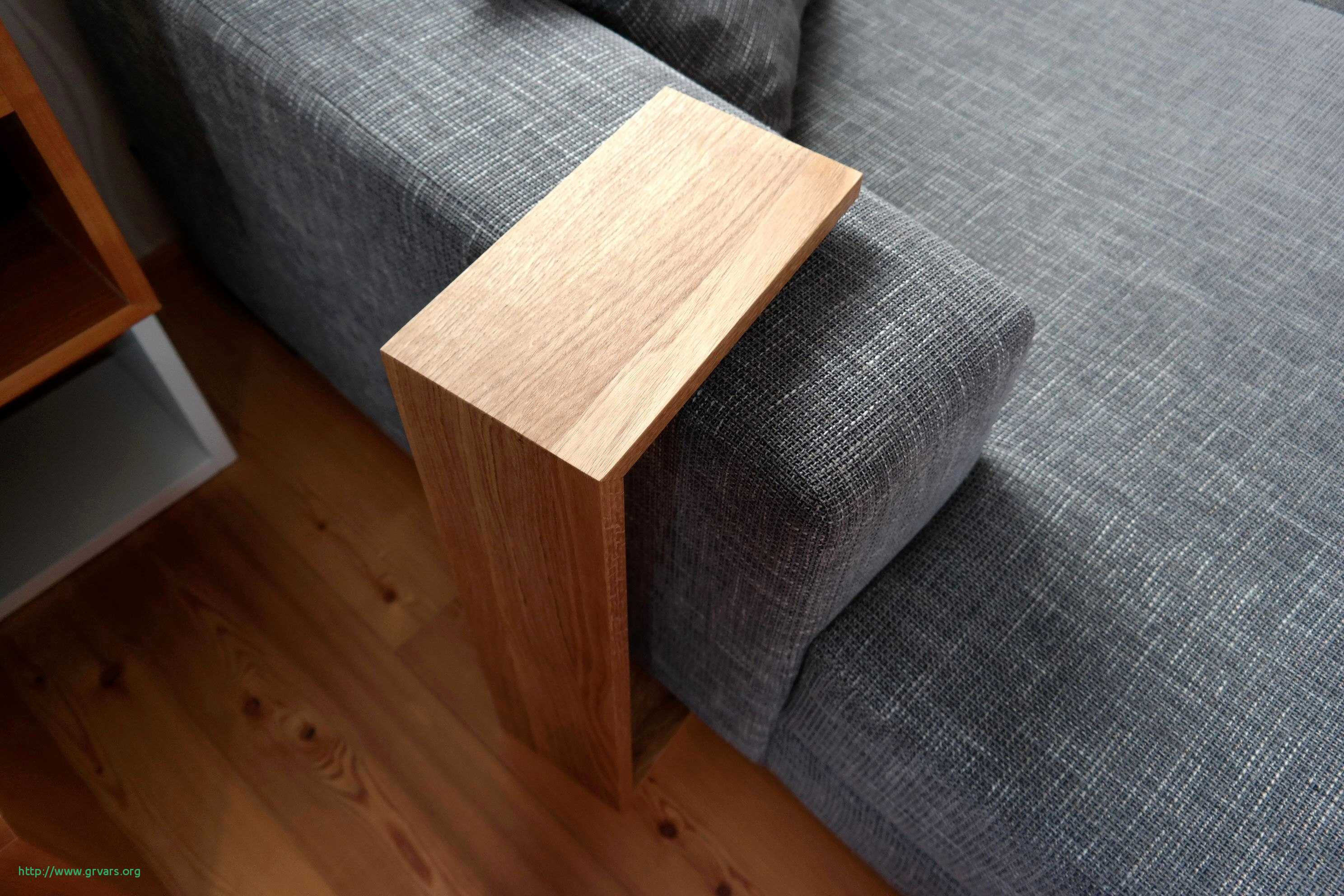Have you ever thought about using a steam cleaner on your hardwood floors? It’s a tempting idea, especially if you’re looking for a natural, chemical-free way to clean. But can you really use a steamer on hardwood floors without damaging them? The answer, like many things in life, is a bit complicated. It depends.

Image: johnnycounterfit.com
The allure of steam cleaning lies in its ability to sanitize and loosen dirt using only hot water. It seems like a gentler approach than harsh chemicals, and it definitely offers some benefits over traditional mopping. But hardwood floors are inherently delicate, made from a living material that can be susceptible to moisture and heat. So, before you unleash the steam, it’s vital to understand the potential risks and benefits.
Understanding the Potential Risks
While steam cleaning can be effective for many surfaces, hardwood floors, especially those with finishes like oil or wax, pose some challenges. These finishes are susceptible to damage from excessive heat and moisture. Here’s a breakdown of potential risks:
Damage to Finishes
The high heat of steam can melt or soften some wood floor finishes, leaving unsightly marks. This is especially true for older floors with thinner or less durable finishes. Oil and wax-based finishes are particularly vulnerable to the effects of heat.
Warped or Damaged Wood
If the wood floor is exposed to excessive moisture, it can swell and warp, especially in areas where the water isn’t allowed to dry quickly. This can lead to uneven surfaces, creating tripping hazards or making it difficult to refinish the floor in the future.

Image: www.rocktherm.com
Moisture & Mold Concerns
While most steam cleaners have a rapid drying time, some moisture may linger even after use. This can create a breeding ground for mold and mildew, especially in less well-ventilated areas. This may require additional drying methods, such as opening windows and using fans.
When It’s Safe to Use a Steamer
Before you dismiss steam cleaning altogether, it’s important to know that it can be a viable option for some hardwood floor situations. Understanding the right conditions and precautions is key.
New or Properly Sealed Floors
Modern hardwood floors often have a polyurethane finish, which tends to be more resistant to heat and moisture. This type of finish is more forgiving when it comes to steam cleaning. However, it’s still advisable to test a small, inconspicuous area first to ensure the finish reacts well.
Specific Steam Cleaner Features
Not all steam cleaners are created equal. Choose a steam cleaner specifically designed for hardwood floors, with adjustable temperature settings and steam output. Models with a “low-heat” or “gentle” setting offer greater control and reduce the risk of damage. Always select a cleaning mode specifically designed for hardwood floors.
Important Precautions:
Whether you’re dealing with new or older floors, there are precautions you should take before using a steam cleaner:
- Test a small area: Always test the steam cleaner on a small, inconspicuous section of the floor to ensure it doesn’t damage the finish or cause warping.
- Use low heat: Start with the lowest heat setting and adjust it only if necessary.
- Avoid soaking the floor: Don’t hold the steam cleaner in one spot for too long. Move it across the floor quickly and avoid saturating the wood.
- Dry the floor thoroughly: After cleaning, dry the floor immediately with a clean, dry cloth or mop. Open windows or use fans to promote airflow and accelerate the drying process.
- Read the manufacturer’s instructions: Always refer to the user manual for your specific steam cleaner for detailed instructions and precautions.
Alternatives to Steam Cleaning
If you’re still hesitant about using a steam cleaner, there are other effective methods for cleaning hardwood floors.
Traditional Mopping
A good old-fashioned mop with a damp (not wet) cloth and a mild cleaning solution is a safe and reliable method for cleaning your hardwood floors. Be sure to choose a cleaning solution that is designed for hardwood floors and is free of harsh chemicals that can damage the finish.
Microfiber Mops
Microfiber mops are highly absorbent and effective at picking up dust and dirt without needing excessive water. They’re a great option for quick cleanups and regular maintenance.
Vacuuming
Regular vacuuming with a soft-bristle attachment is crucial to remove dust and debris, preventing the build-up of grit that can scratch the floor. This is a great way of maintaining your floors before deep cleaning.
Can You Use Steamer On Hardwood Floors
The Bottom Line: Steam Cleaning vs. Hardwood Floors
The decision of whether or not to use a steam cleaner on your hardwood floors depends on a few key factors:
- Finish type: Modern polyurethane finishes are more resilient to heat and moisture. Older or oiled floors are more vulnerable.
- Steam cleaner type: Choose a model specifically designed for hardwood, with adjustable settings and low-heat options.
- Your comfort level: If you’re unsure, it’s always best to err on the side of caution and opt for another cleaning method.
Ultimately, the best cleaning method is the one you’re comfortable with and that effectively cleans your floors without causing damage. Whether you choose traditional mopping, microfiber mopping, or carefully using a steam cleaner, the key is to prioritize proper technique, appropriate cleaning solutions, and thorough drying to keep your hardwood floors gleaming for years to come.
Do you have any experience with steam cleaning hardwood floors, or do you have any questions or tips to share? We’d love to hear from you in the comments below!





